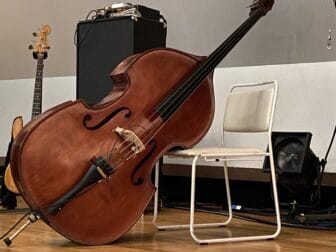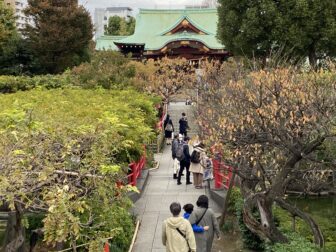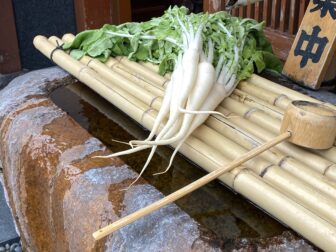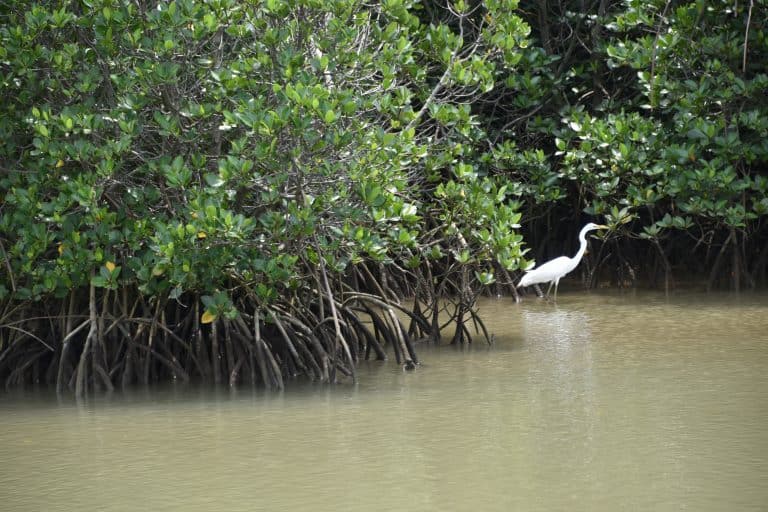
I will continue talking about our taxi tour on Miyako-jima, the island in Okinawa prefecture in Japan.
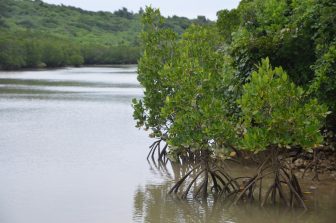
The next place we visited was Shimajiri mangrove forest.
This is the biggest mangrove forest on Miyako-jima and it is on the inlet, which is about 1km long.
There is a nature trail walk here, which looked attractive, but because we did not have time we just looked at it.
By the way, mangroves are not just one kind of plant, but refer to any of the forests developed on the salty marsh and there are 5 kinds of plant within this Shimajiri mangrove forest.
Shimajiri is the name of one area on Miyako-jima and here they have an interesting festival called ‘Paantu’.
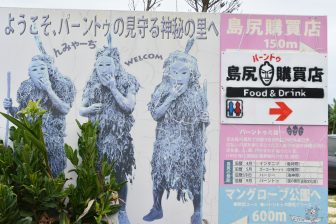
There was a notice board about it by the roadside, so our driver, Mr. Nohara, explained it.
Paantu is a monster with stinky mud from the bottom of a well all over their body and they come into your house every September without taking their shoes off.
They will spread the mud on everyone.
If you get the mud on you, you will be lucky, apparently.
One time, Mr. Nohara took some tourists here who said that they wanted to see this festival.
Of course, they got the mud on them and were furious, as they had not done their homework and had not known what would happen at the festival.
At that time, Mr. Nohara pretended sleeping in his car because he did not want the mud on him.
Nonetheless, a Paantu put a load of mud on his car and apparently it was a hard work to got rid of it later.
It sounded a little bit like ‘Namahage’, which we had learned about last year on Oga peninsula in Akita prefecture.
Some of the souvenirs we saw later had this Paantu on and they were cute, so I bought a T-shirt for myself.
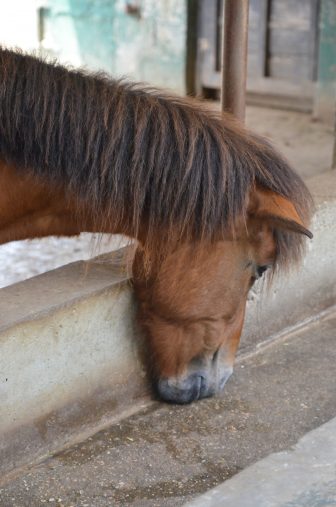
The last thing we saw was Miyako Horses.
They are originally from Miyako-jima and are one of the 8 kinds of horses native to Japan.
They are small horses which have been used for agricultural works.
Now, people do not use horses for work and the number of horses has reduced to about 40.
Mr. Nohara said “I saw a local newspaper article saying that two babies were born recently”.
The farmers who breed cows are now keeping the horses, too, apparently.
Then, we went back to our hotel.
This taxi tour was full of information, thanks to Mr. Nohara, but at the same time, because of that, I got really tired.
[ Apr.2019 ]

